- Home
- Get into Painting
- What is Fine Art
Looking Into: What is Fine Art?
Budding and seasoned artists both ask, "What is fine art?"
Art has long been the medium through which humans express their deepest thoughts and emotions. While all art is worthy of admiration, the term fine art takes a special place.
This question brings us face-to-face with the line between the visual and the applied arts. What exactly is "fine art”? This article aims to answer that particular question.
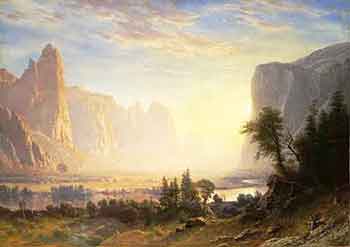 Fine art by Albert Bierstadt
Fine art by Albert Bierstadt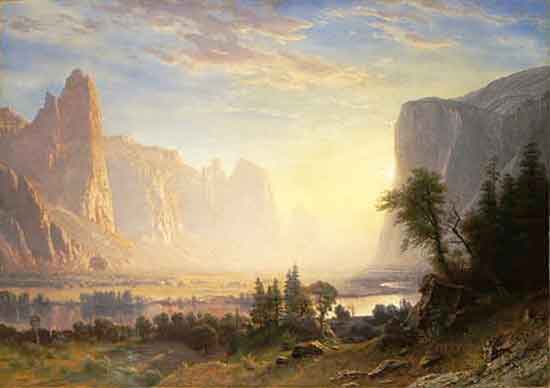 Fine art by Albert Bierstadt
Fine art by Albert BierstadtUnlock the Mystery: What is Fine Art?
The question of what is fine art, has fueled dialogues, remains elusive and ever-changing. It can trace its origin back to the Renaissance period to the paintings of Michelangelo, where emphasis was placed on human creation.
Fine art spans various forms, periods and dimensions. The importance of fine art lies in its ability to mirror society through an artist's lens. It's a key to traversing the corridors of human history.
It's more than attractive artwork, it intertwines itself into our culture, sparking intellectual discourse.
The old masters crafted art that transcends time. Modern artists strive to redefine its boundaries. The
journey of fine art continues and is ever-changing. That's why we paint.
Is Fine Art a Certain Style or Medium?
Fine art isn’t confined to a specific medium or style. It may be the vibrant tones in oil paintings, the fluidity of watercolors or the power of monochrome photography. Each medium echoes a unique opportunity for artistic expression.
Even within sculpture, there exists a myriad of materials and methods, from marble to the character of wood, allowing artists their liberty to choose.
Art Is Communication
Fine art isn’t just about capturing an image, but also in the themes it explores.
Art navigates the realms of love, hope, despair and more, each portraying the human experience. It infuses life and stimulates thoughtful dialogues about cultural, social issues and individual perspectives.
The emotional representation enables viewers to connect with the artwork on a deeper level.
Whether it’s painting, sculpture, photography or architecture, fine art constantly pushes boundaries. The Guggenheim Museum in New York City pushed the boundaries of the architecture in 1959.
 Fine art in architecture: Guggenheim Museum
Fine art in architecture: Guggenheim MuseumAppreciation and Value in Fine Art
The nature of fine art is a reflection of our diverse humanity, where each individual brings their unique perspective.
Fine art often leads to different reactions from different viewers. Our response to a work teaches us about our values, our tastes and how we interpret the world.
In essence, appreciating fine art enriches our understanding of the world and ourselves. It offers a lasting impact that stays after the initial viewing has ended.
Discover Your Artistic Genius: What is Fine Art
Fine art encourages artists to express their unique creativity.
It can be more than a visual experience, but also an intellectual and emotional journey.
Beyond color schemes, forms and patterns, artists can embed underlying themes, symbolisms, historical contexts and personal narratives concealed within their artwork.
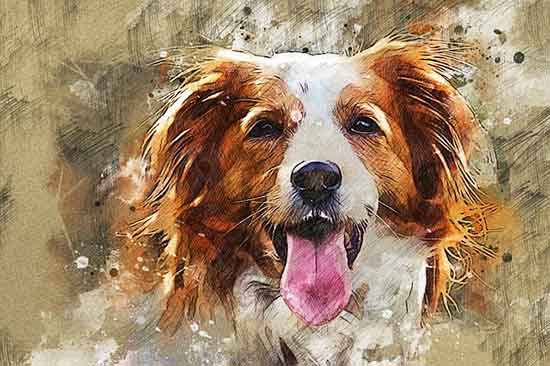 Artists express their heart through fine art.
Artists express their heart through fine art.Artistic genius stems from an understanding and interpretation of fine art. It's not merely about creating something pleasing to the eye, but evoking emotions, sparking debates, and provoking thought.
Artists often use different colors to incite different responses.
Those who unravel the layers wrapped around the question of what is fine art, dive deep into their creativity. It transforms their artistic perceptions.
The understanding of fine art allows our artistic genius to be unlocked. It empowers artists to create not just art, but experiences that resonate with our audiences.
Fine Art or Applied Art: The Essential Distinctions
Fine art and applied arts both include creativity and aesthetic expressions, but their goals separate them.
Fine art is born out of pure creativity, intended primarily for aesthetic appreciation and intellectual engagement. It is completely free from functional purposes.
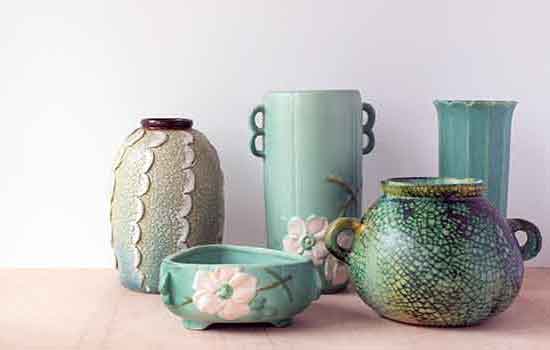 Applied arts enrich our everyday lives.
Applied arts enrich our everyday lives.The applied arts merge art with functionality.
Think of graphic design, fashion design, or interior decoration. These works are aesthetically pleasing, but they also serve a practical purpose.
A piece of fine art may inspire us with its beauty or provoke thought with its symbolism. In contrast, the applied arts improve our daily life.
Despite their differences, neither of these art forms is superior to the other.
They coexist, complementing and enriching each other. Fine art fuels creativity and innovative thoughts. Applicable arts are both beautiful and utilitarian.
Fine art and applied arts are two sides of the same coin, fulfilling different human needs.
How can we get into painting art?
The Place of Fine Art in Our Lives
Fine art occupies a vibrant and meaningful space in our lives.
The true essence of fine art is not just its aesthetic appeal. It's a connecting bridge between human emotions, ideas, and creative expression.
Fine art is not simply a decorative element like wallpaper.
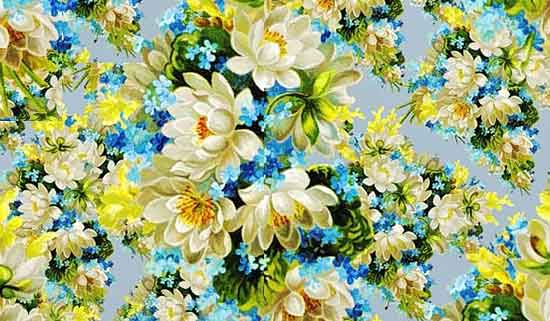 Wallpaper is decorative art.
Wallpaper is decorative art.Fine art truly is art at its finest, a display of the human spirit.
By exploring painting and other art forms, we can comprehend the dedication and creativity artists infuse into their works.
I encourage you to continue exploring the world of art through other pages on this website.






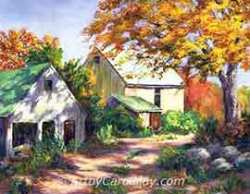 Art elements and principles appear over and over in good paintings. The elements and principles work together for us to create successful artwork. Art principles are the rules that govern how an artis…
Art elements and principles appear over and over in good paintings. The elements and principles work together for us to create successful artwork. Art principles are the rules that govern how an artis…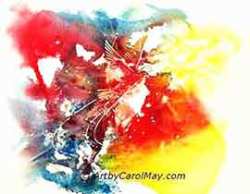 Artists often use the meaning of color to convey emotions, sentiments, and symbolism. Are you intrigued by the idea that colors can enhance or suppress different aspects of your paintings? Let's look…
Artists often use the meaning of color to convey emotions, sentiments, and symbolism. Are you intrigued by the idea that colors can enhance or suppress different aspects of your paintings? Let's look… What is the best painting medium for the artist to begin painting? Compare the pros and cons of today’s popular mediums, oil, watercolor, acrylic and alkyd paint. What is the difference between their…
What is the best painting medium for the artist to begin painting? Compare the pros and cons of today’s popular mediums, oil, watercolor, acrylic and alkyd paint. What is the difference between their…